Who knew that smiling without being self-conscious would be on so many people's vision boards? But we get it. Having a smile that you can be proud of is such a luxury, and this is precisely why we're in the industry we're in.
Knowing that there are affordable and surgery-free ways to fix orthodontic issues, specifically crossbites, for the sake of this blog and sharing them with others is not only our meal ticket, but it's our passion.
Below we uncover everything there is to know about crossbites and how our clear aligners can help to correct your crossbite.
What is a Crossbite?
Remember in the 90s when it was considered 'super cool' to style your hair with a zigzagged part? That's pretty similar to how the teeth align with someone suffering a crossbite.
A crossbite is another form of malocclusion or misaligned teeth - we've previously discussed how to fix an overbite, so if you missed that we have linked it for you, to have a squiz.
Crossbites can affect the upper and lower rows of teeth, having them over and underlapped all over the place. But most commonly, a crossbite describes when the lower teeth cover one or more of the upper teeth when you bite. So, predictably, a crossbite will often be referred to as a misaligned bite.
Don't be mistaken; the symptoms of a crossbite aren't limited to aesthetics. Crossbites can also cause teeth grinding, upper and lower jaw pain and problems, pain when eating, gum disease, tooth decay and possibly abnormal facial development. (I bet you're already looking into appointment times after that juicy piece of info, aren't you? But, press pause on your freak out because we'll get to the 'fix it' section of the blog)

Types of Crossbites
Depending on which teeth are affected, there are three main types of crossbites: posterior crossbites, anterior crossbites and bilateral crossbites.
Posterior Crossbites occur when the back upper teeth sit inside the lower teeth. This type of crossbite can often be overlooked, as the affected teeth are further towards the back of the mouth.
Anterior Crossbites are when the lower front teeth overlap the upper front teeth. Anterior crossbites are also widely known as underbites.
Finally, we have Bilateral Crossbites. This crossbite is when the teeth are here, there, and everywhere. Some are in front, others behind, and sometimes, teeth right next to each other are crossed opposite ways in the jaw.

What Causes a Crossbite?
Like all orthodontics, some issues are simply due to genetics. There may have been nothing you could have done to prevent a crossbite. However, other factors can be the culprits for delivering you a less-than-perfect smile.
Some childhood habits while we still have baby teeth such as thumbsucking, tongue thrusting, and perhaps even sucking on a dummy for too many years could alter your jaw and, therefore, the alignment of your teeth - which we understand can be highly annoying.

How to Fix a Crossbite
If you clicked onto this page without reading up on who we are and what we do, then you might be surprised by our answer to the question, 'How to fix a crossbite':
The answer is Clear aligners.
Our Bitesoft Clear Aligners are an almost invisible yet highly affordable orthodontic treatment that you can complete entirely at home!
These aligners use calibrated force to move your upper and lower teeth together into a new and correctly aligned position, forcing the body to adapt by remodelling the bone and correcting your jaw alignment.
Basically, when pressure is applied to a tooth, the periodontal ligament or PDL (a group of connective tissue fibres that attach the tooth to the alveolar bone) compresses, and the bone on the side receiving the pressure responds by resorption.
Our innovative approach allows our team to track your progress remotely via fortnightly scans using a piece of technology we call our bitesoftmonitoring scanbox! This is included in the price of your clear aligners and arrives on your doorstep the same time as your clear aligners do.
For those sceptics out there reading this, thinking, 'Yeah, bloody right, as if plastic is going to straighten my teeth?' Head to the reviews and results pages of the website before forming an opinion about whether clear aligners are an effective solution to treat crossbites.
So, whether you're spiralling through the Google looking for answers on 'How To Fix A Crossbite' to correct your bite or just searching for ways to straighten out your smile, we're glad you landed here, and we want you to know that our team is serious about helping you achieve your dream smile and we are here to answer any and all of your questions.
Once your crossbite is corrected, maintaining your results is essential. Our custom post-treatment retainers help keep your new smile intact long-term.
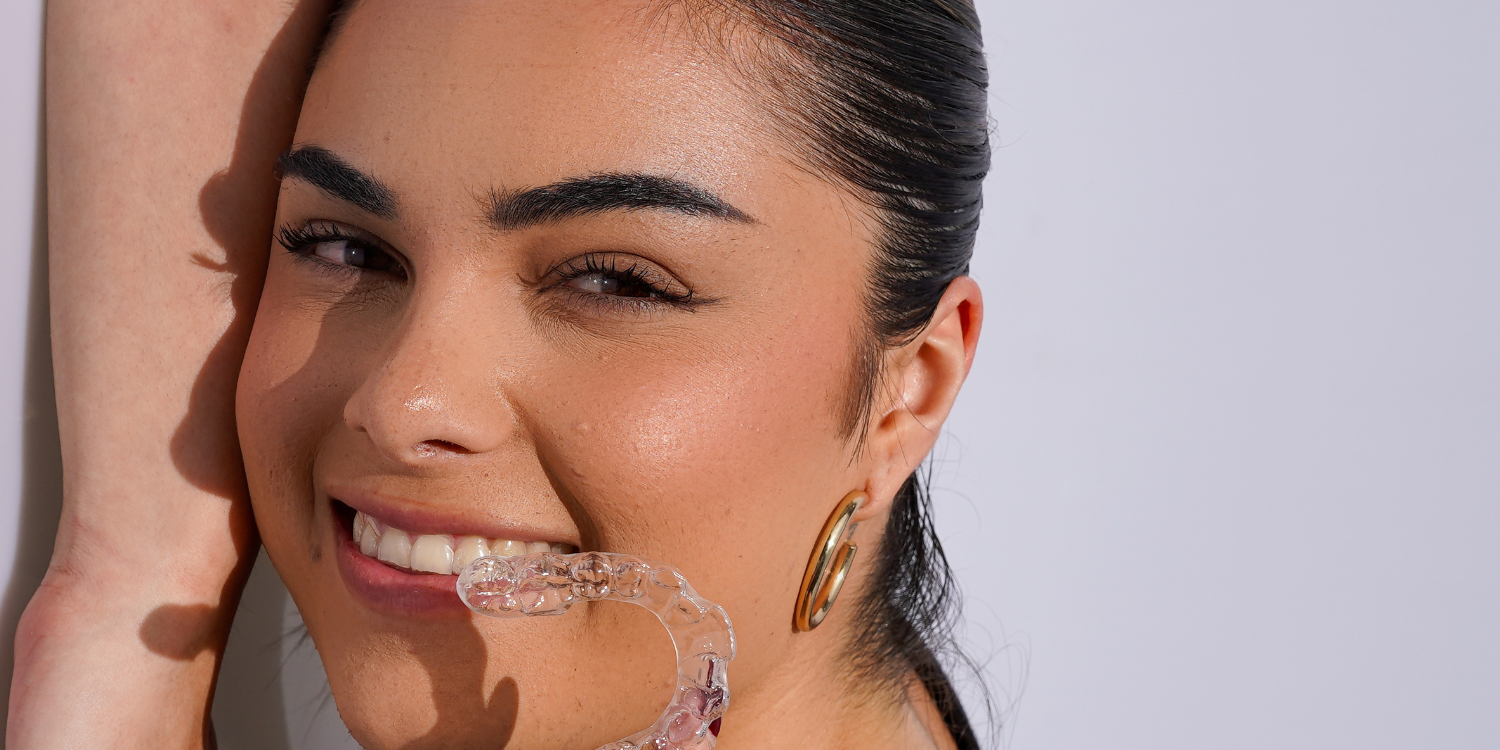
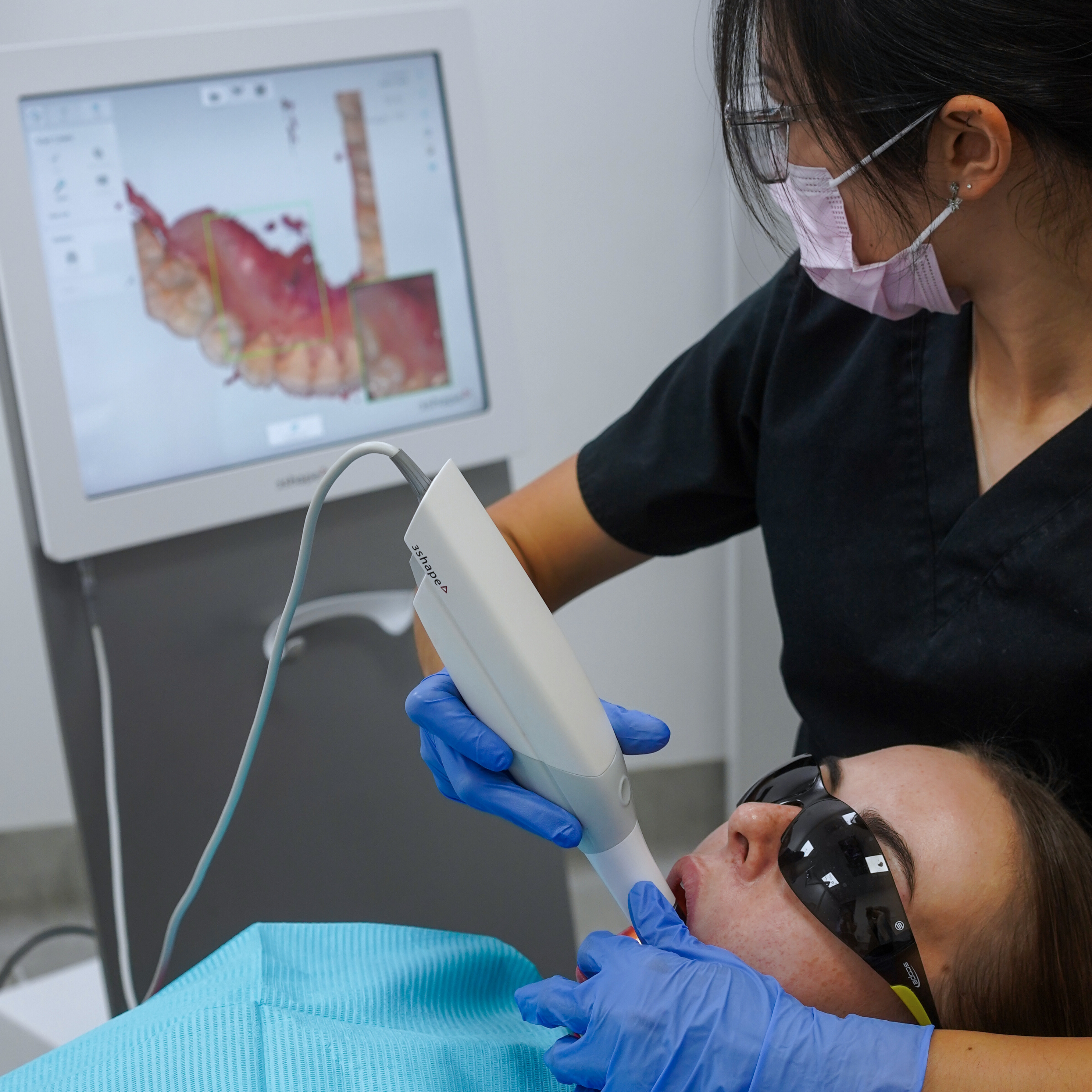

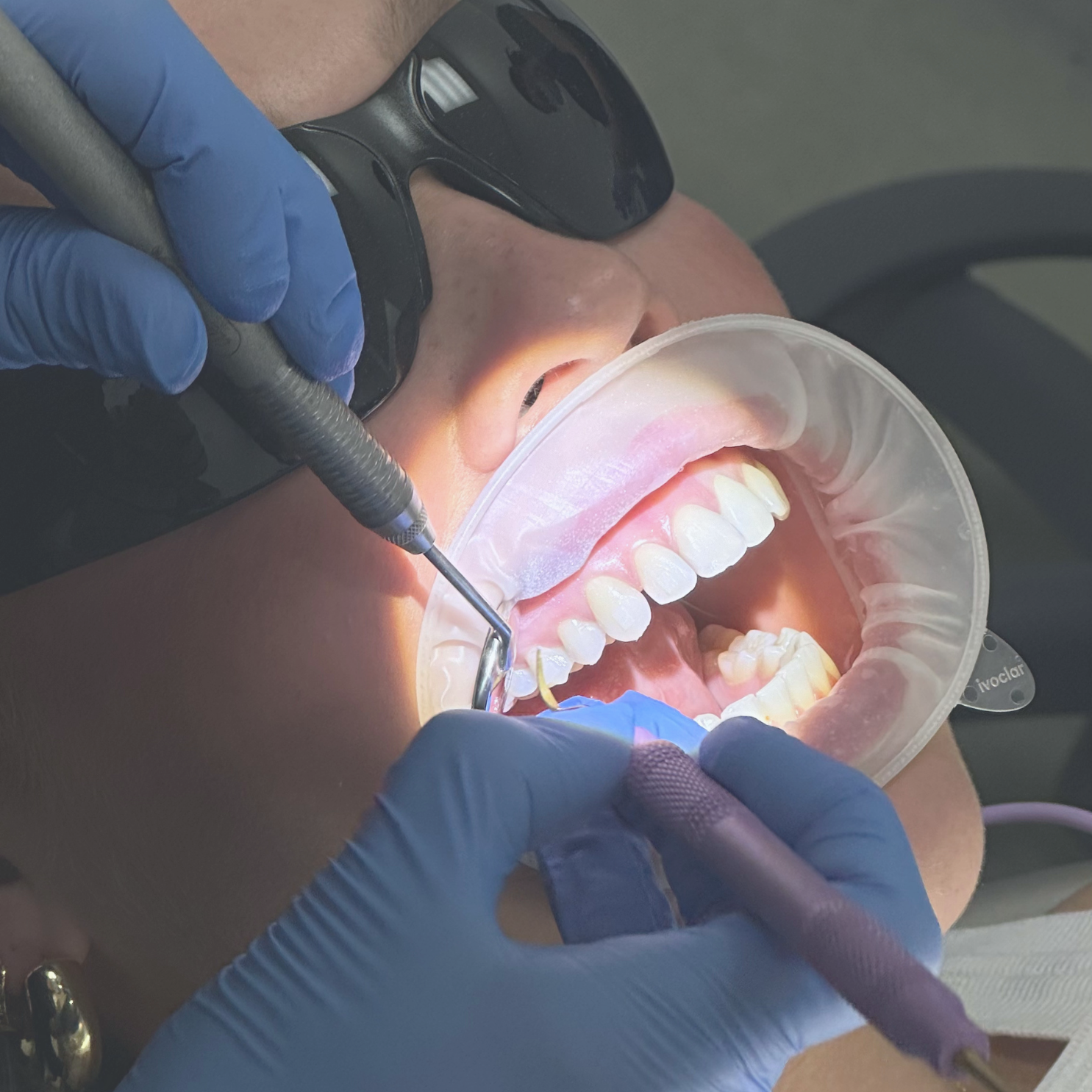
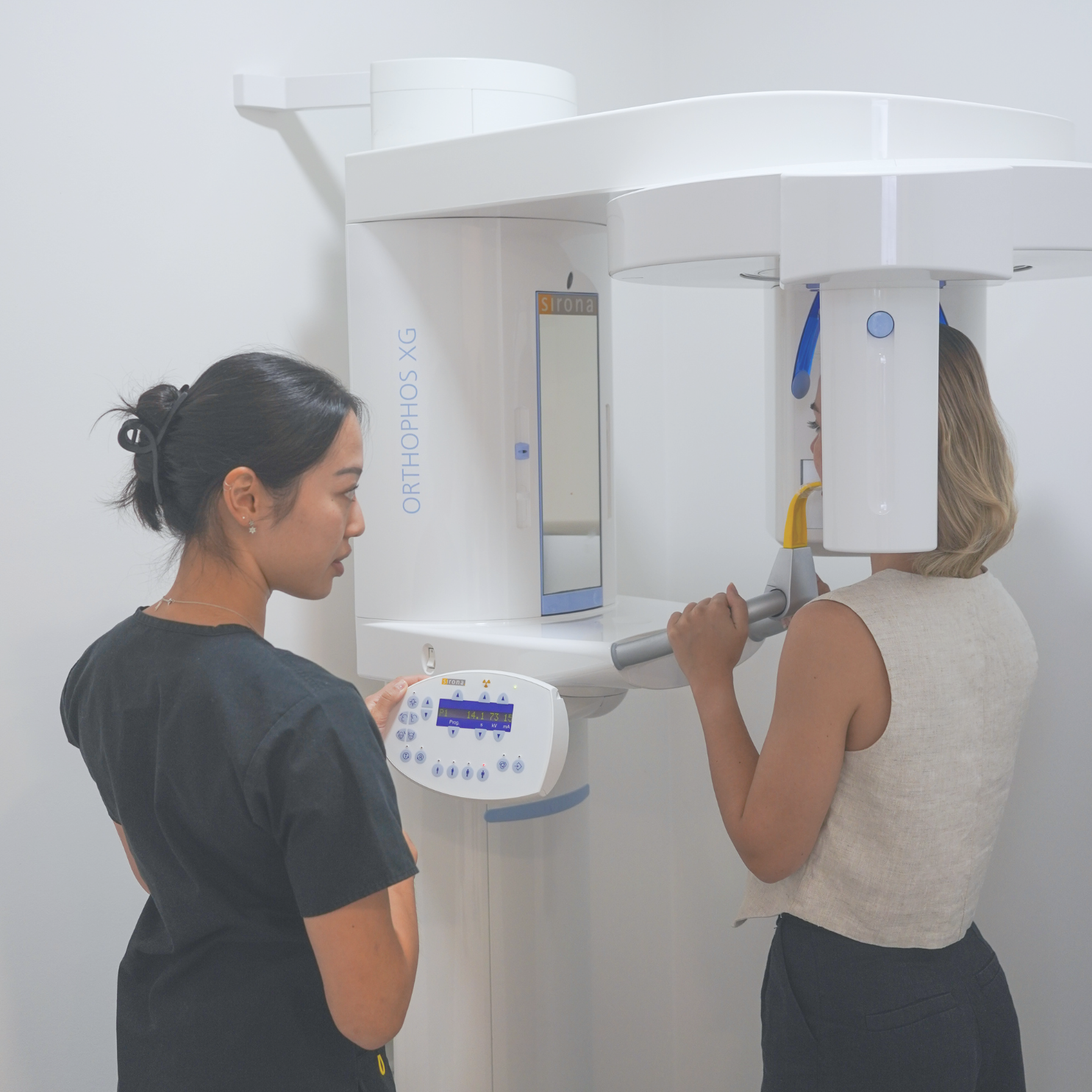
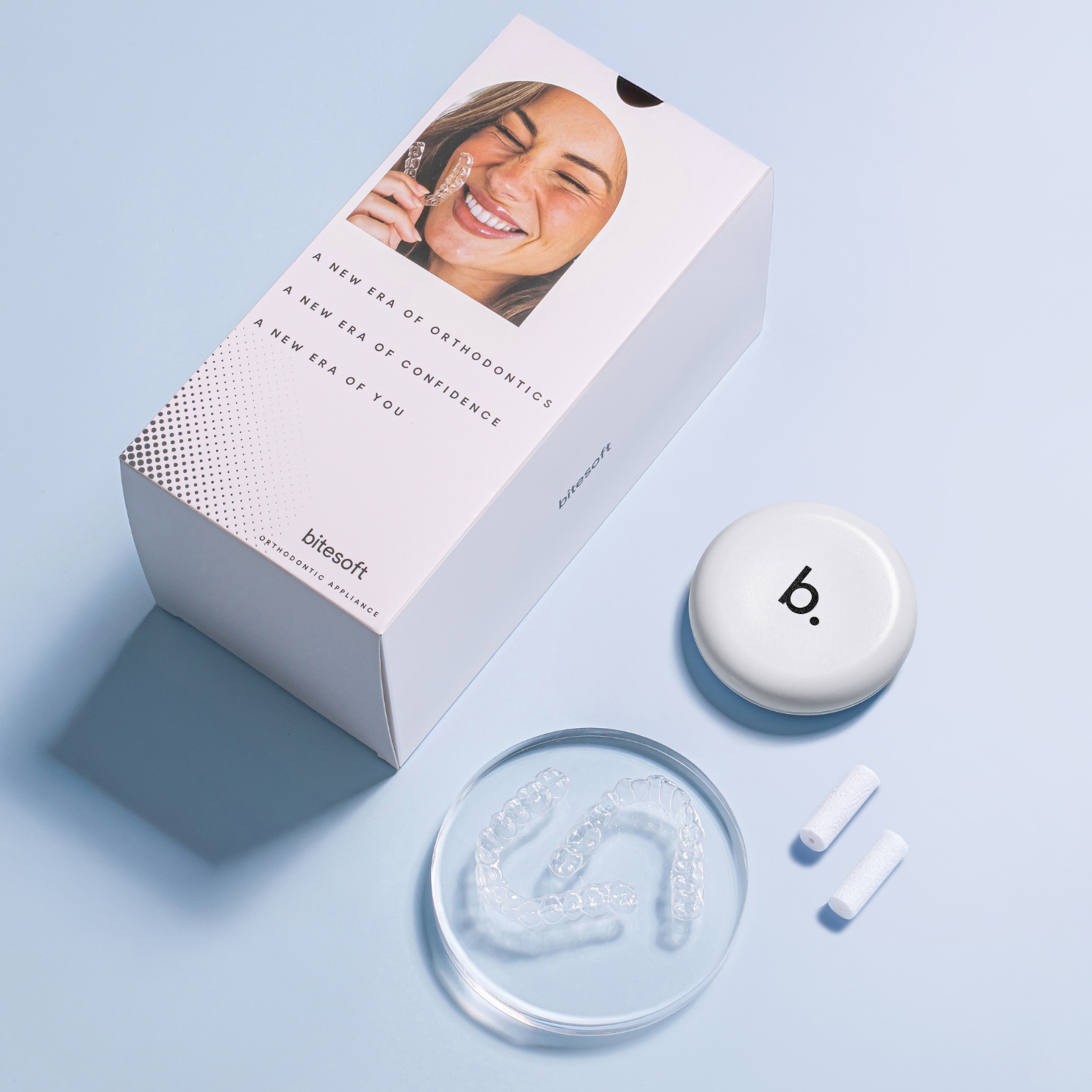


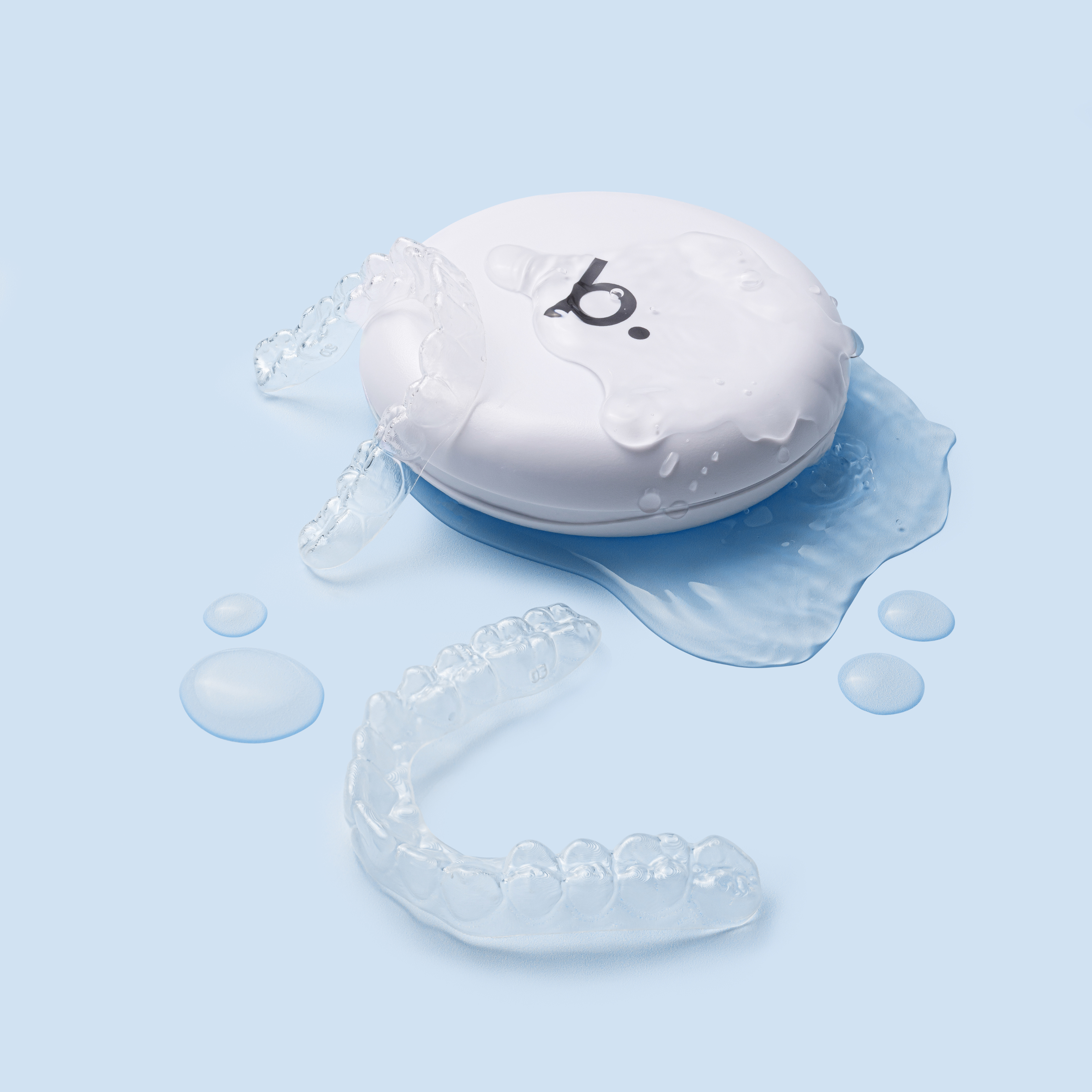
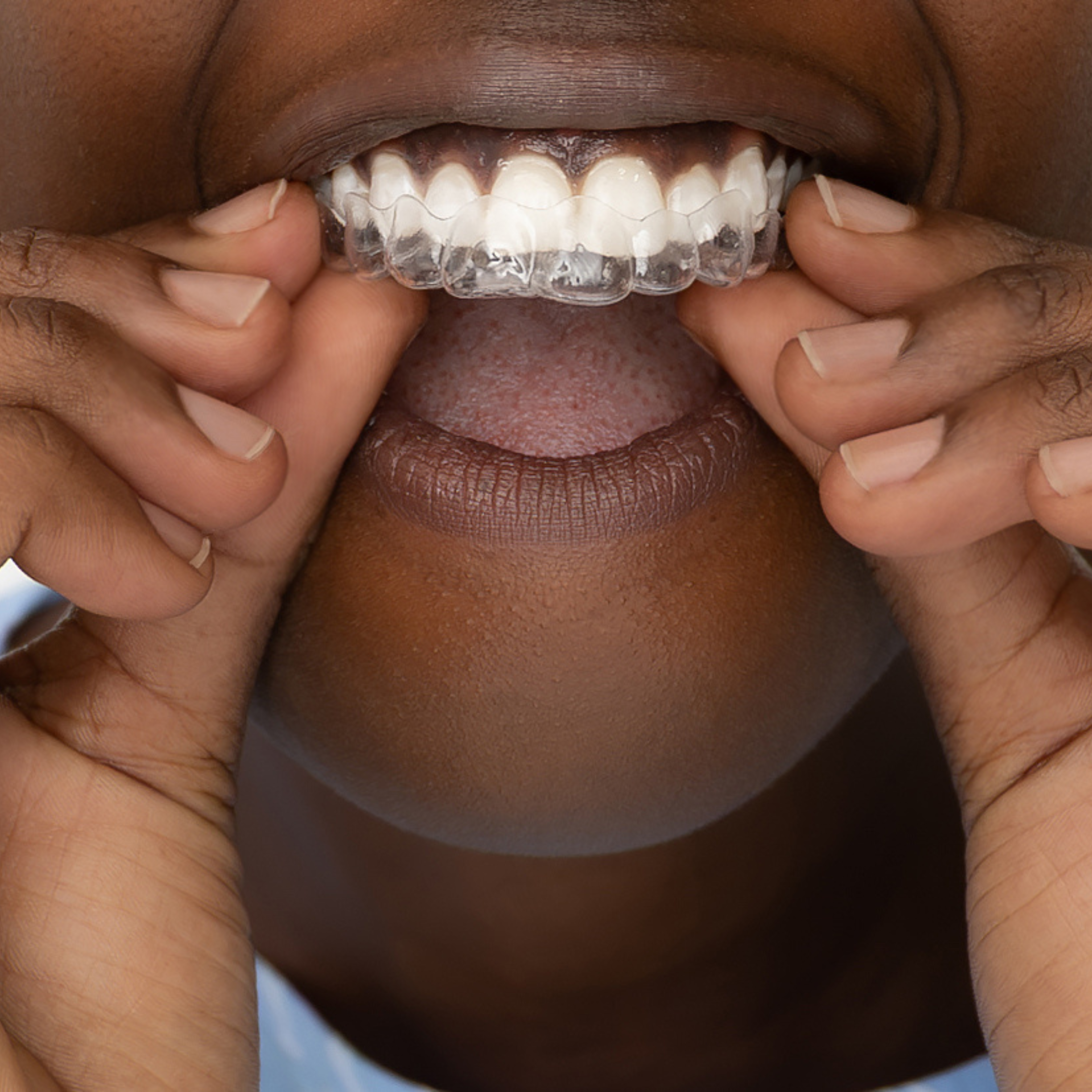

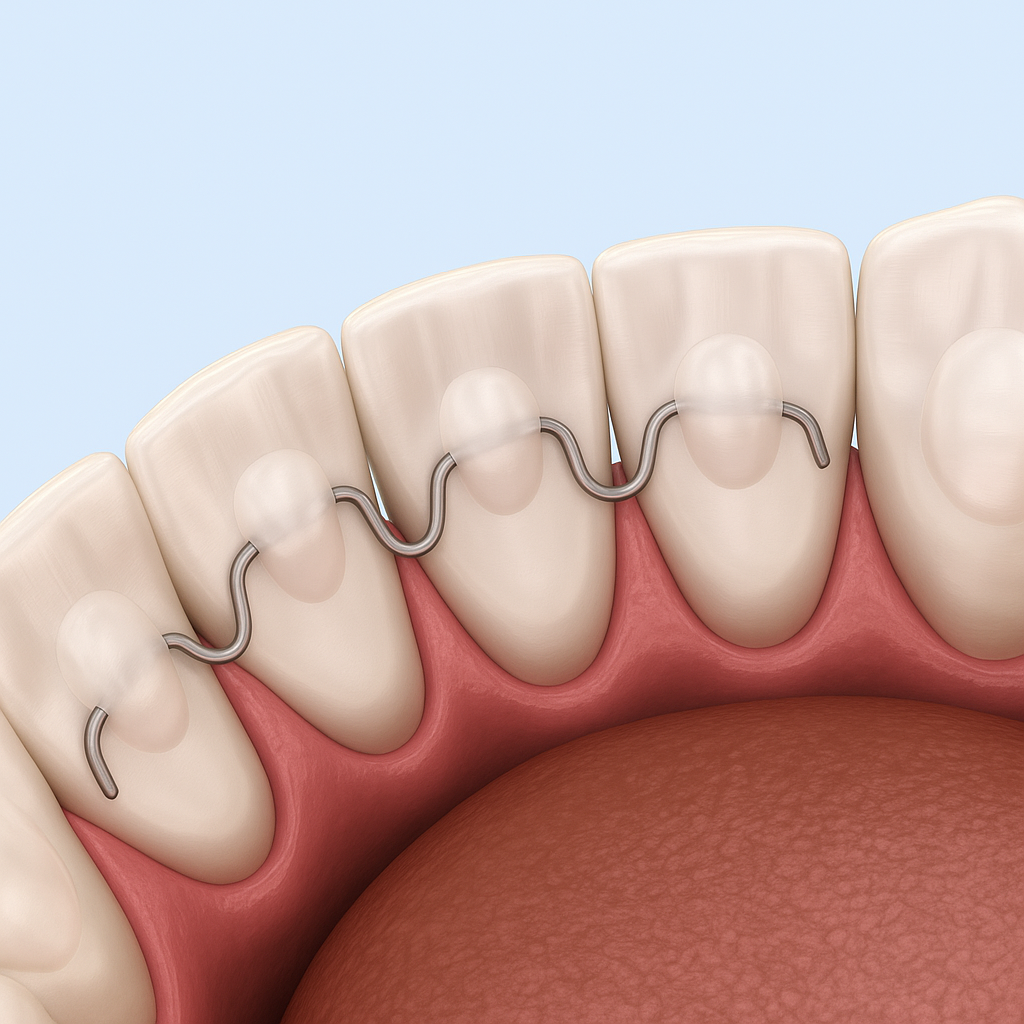
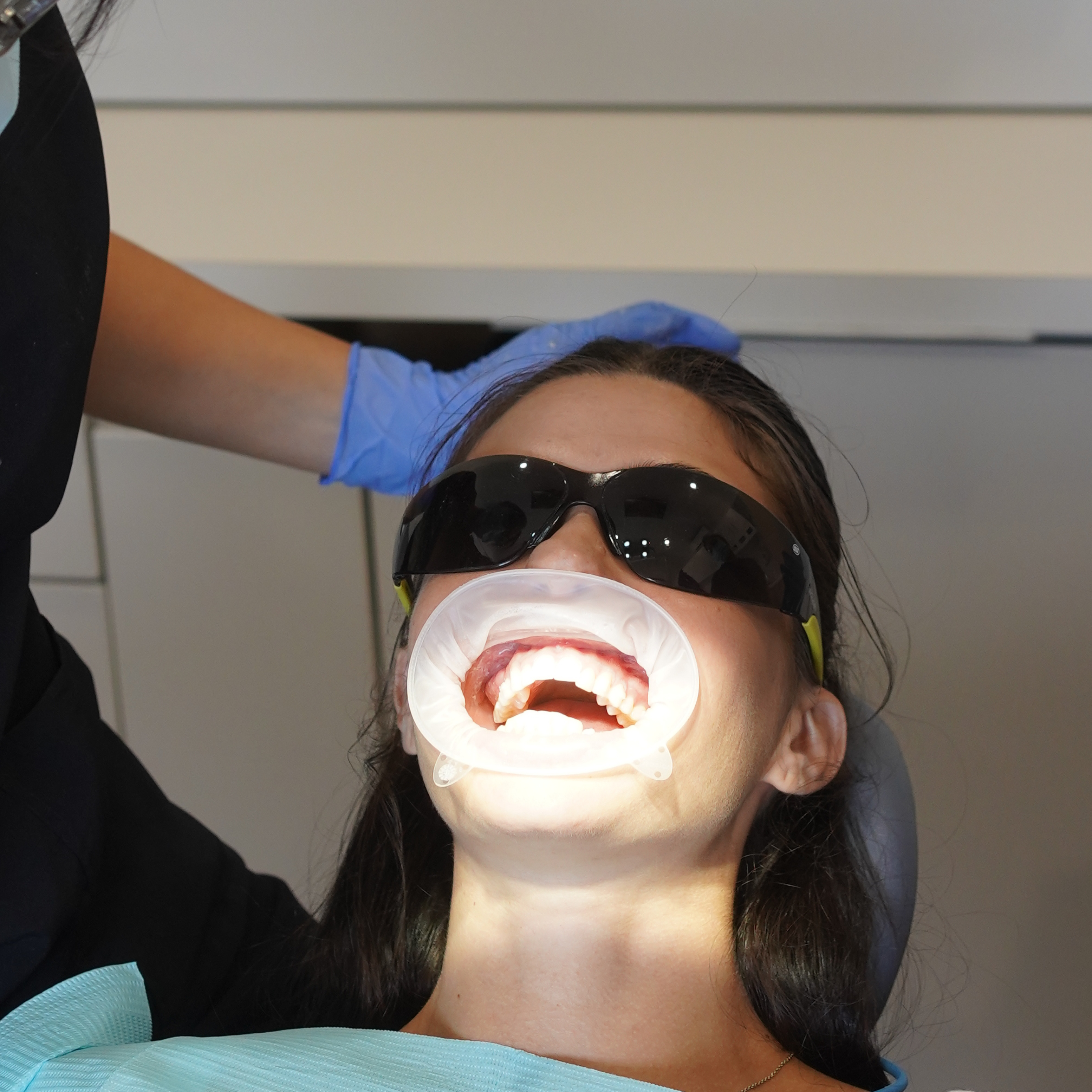

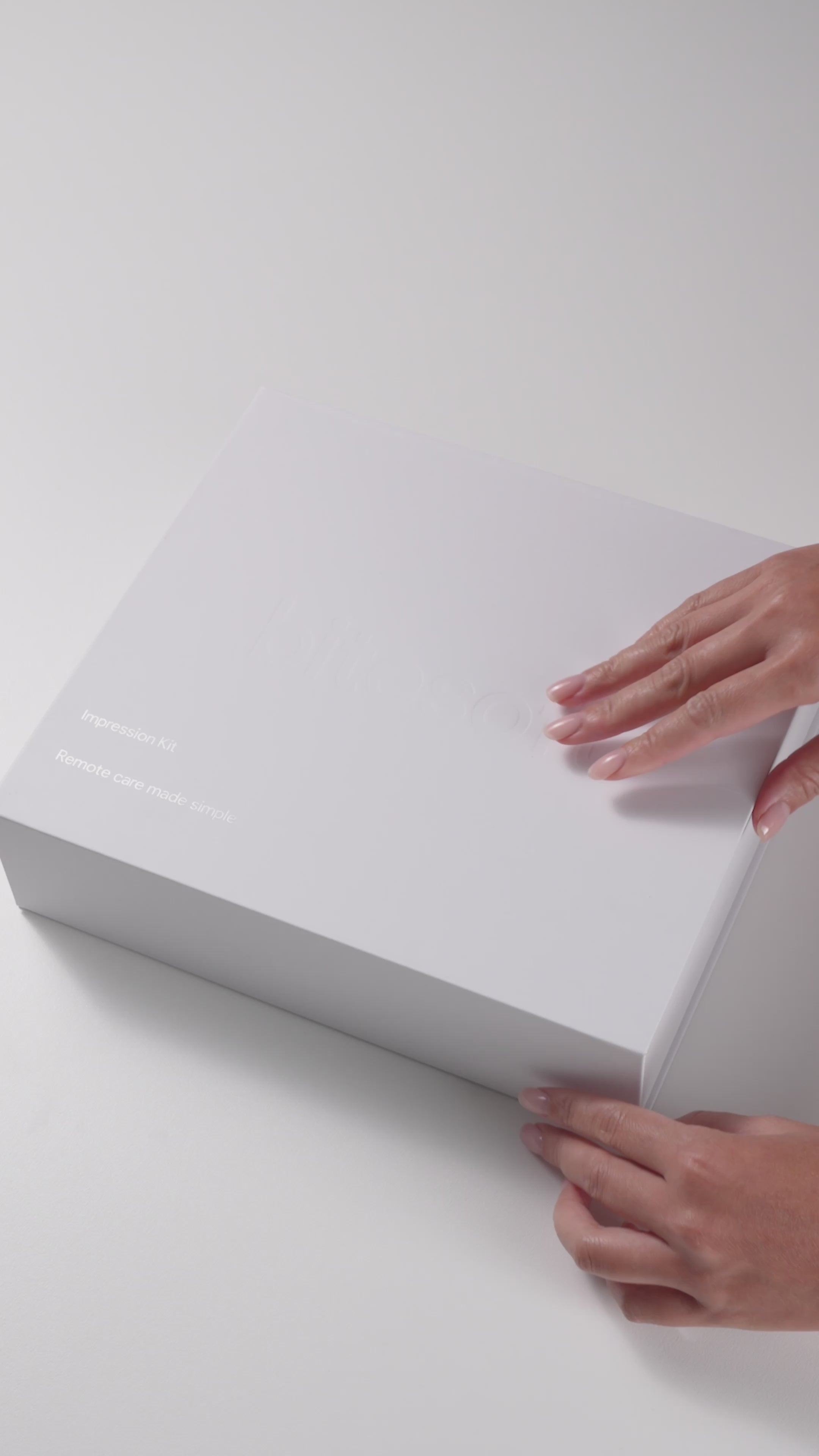
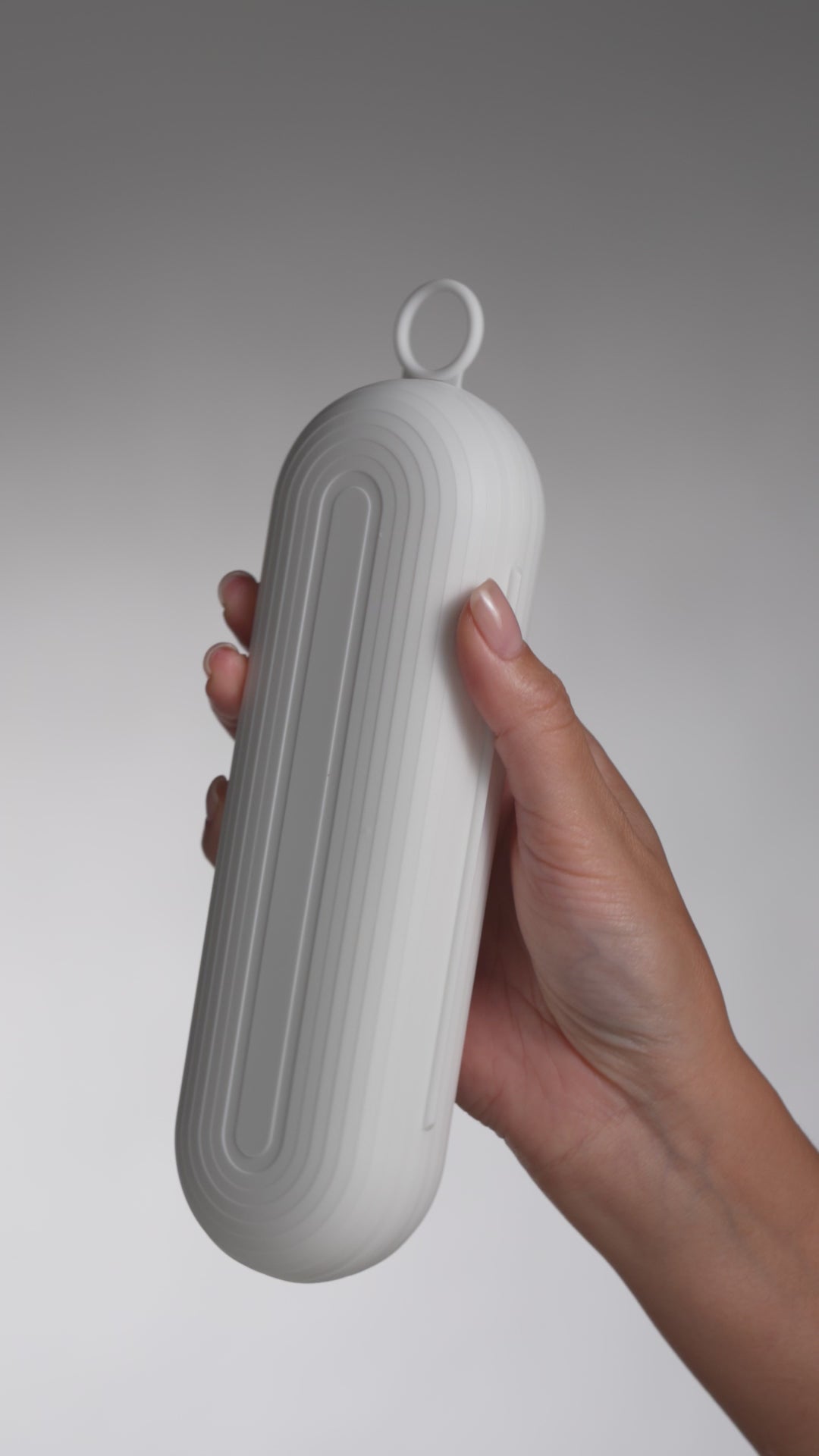

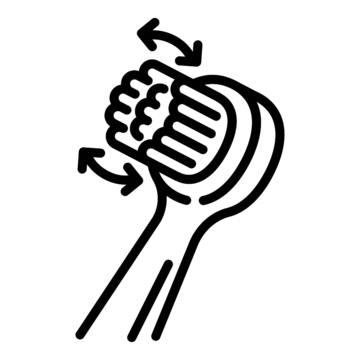
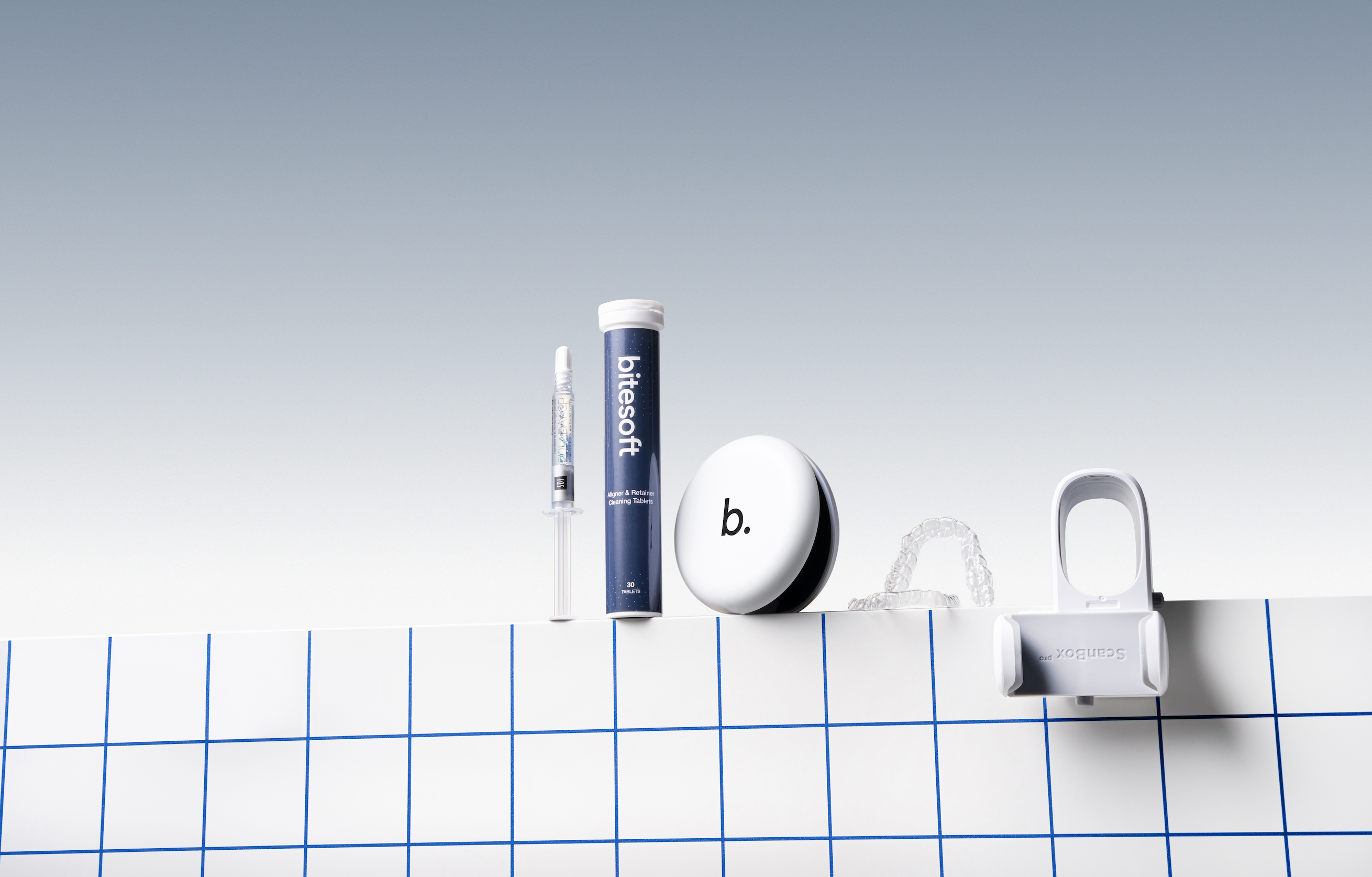


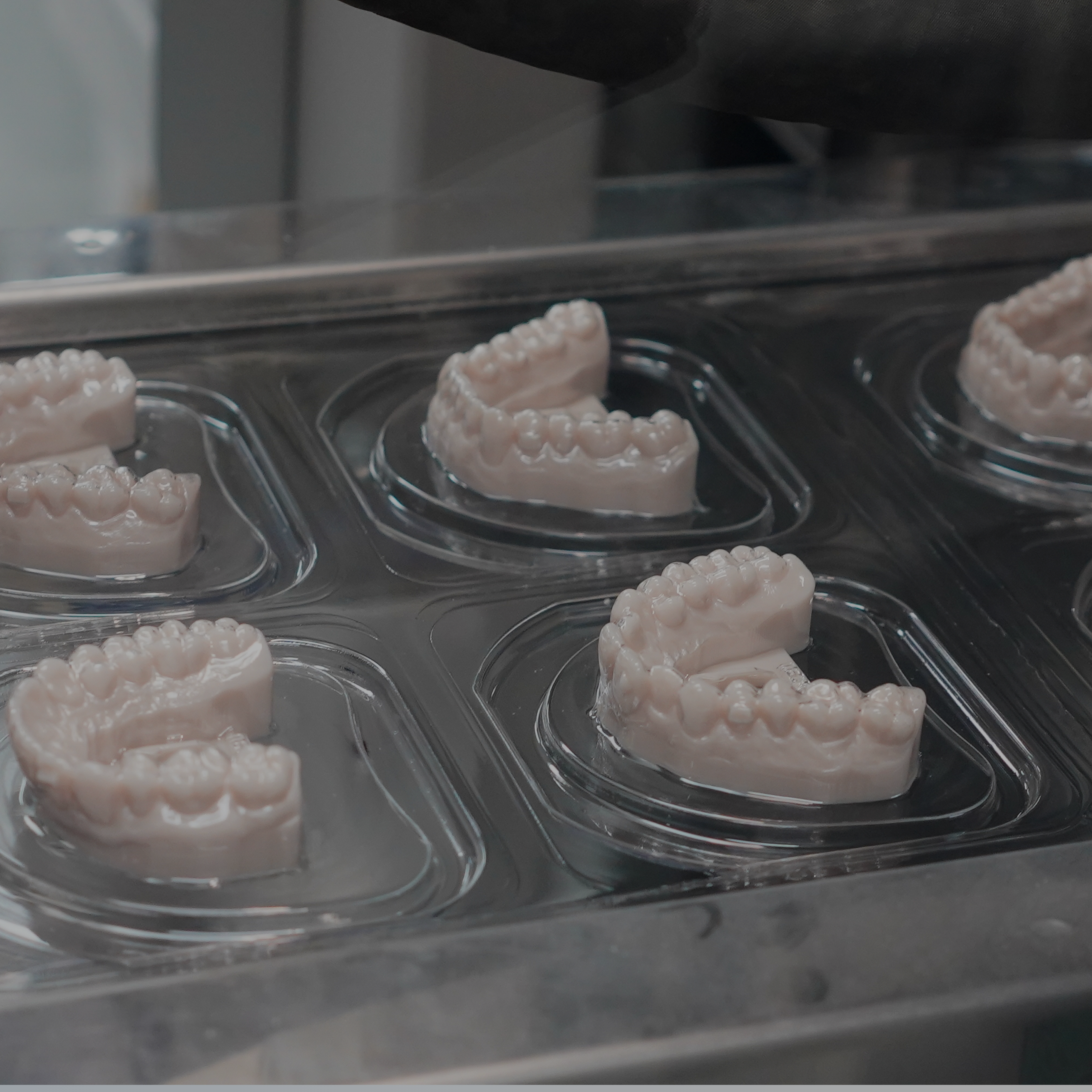
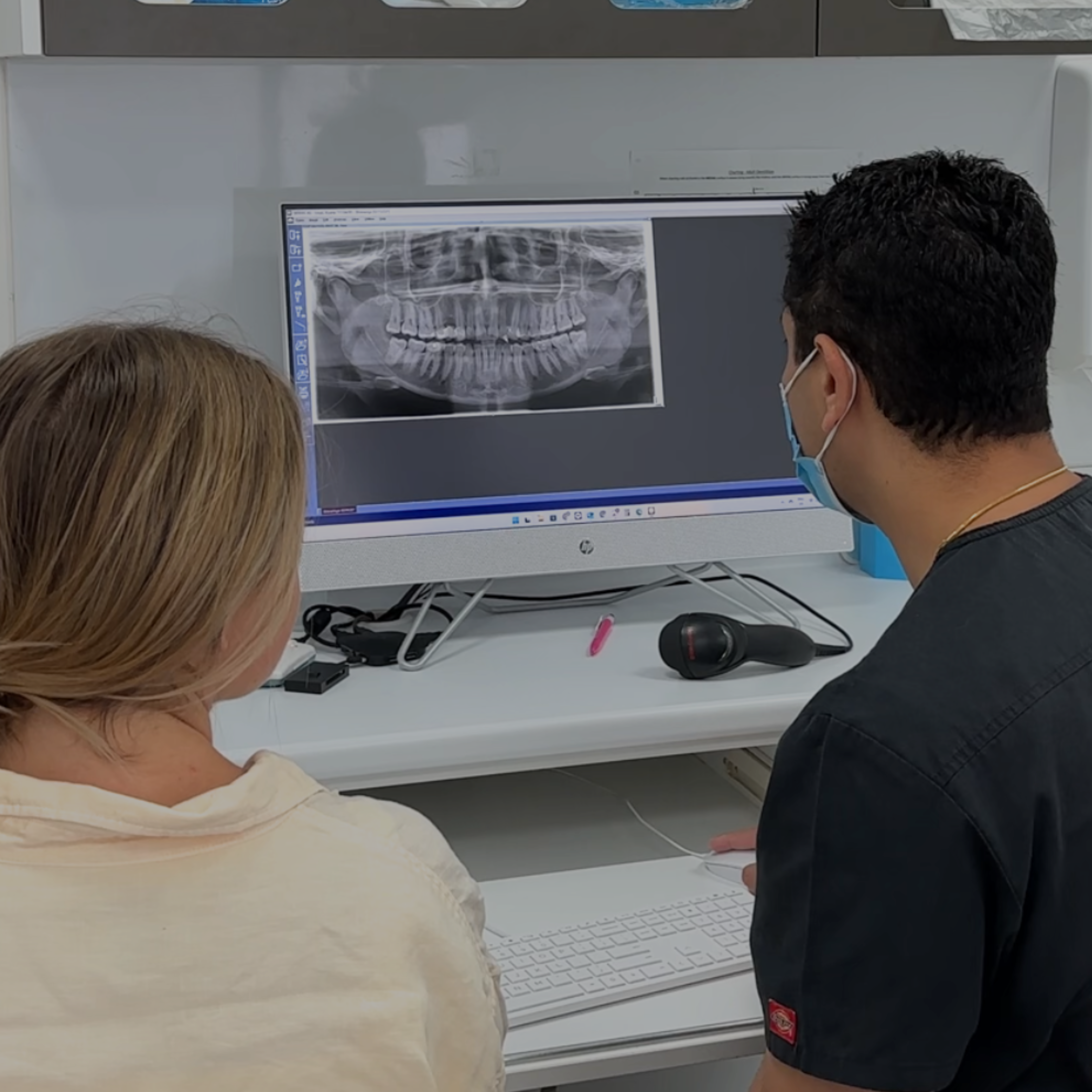

Share:
How To Fix An Overbite
At-Home Clear Aligners vs In-Clinic Treatment